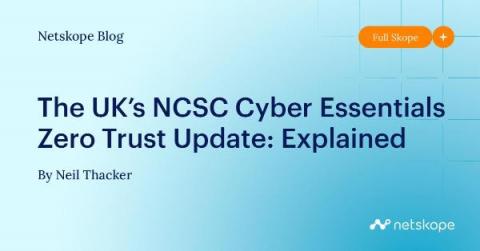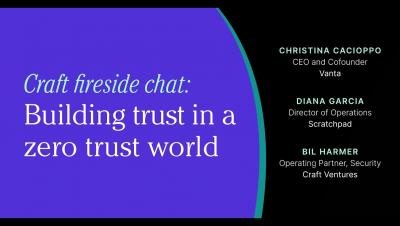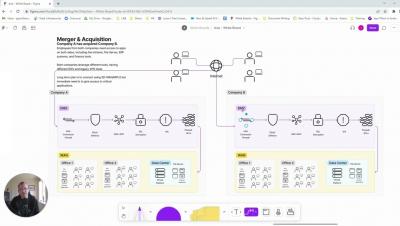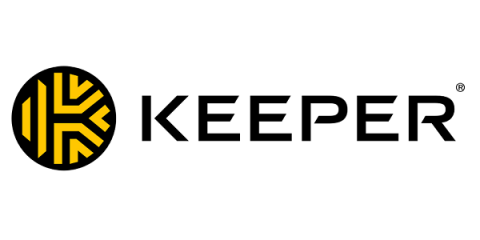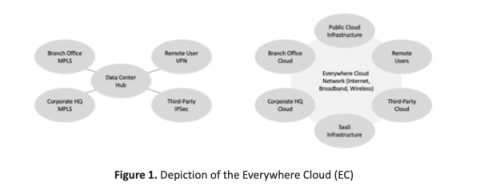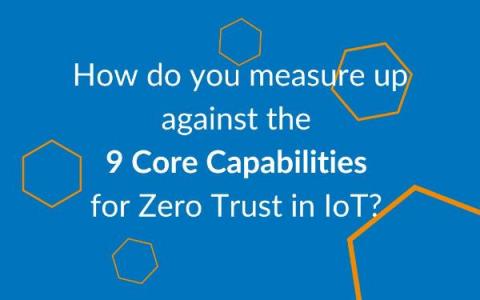The UK's NCSC Cyber Essentials Zero Trust Update: Explained
Late in January this year, the UK’s National Cyber Security Centre announced an update to its Cyber Essentials scheme in order to ensure it “continues to help UK organisations guard against the most common cyber threats”. This year’s update isn’t an overhaul on the same scale as last year’s, but it did include important new guidance about zero trust architectures.


